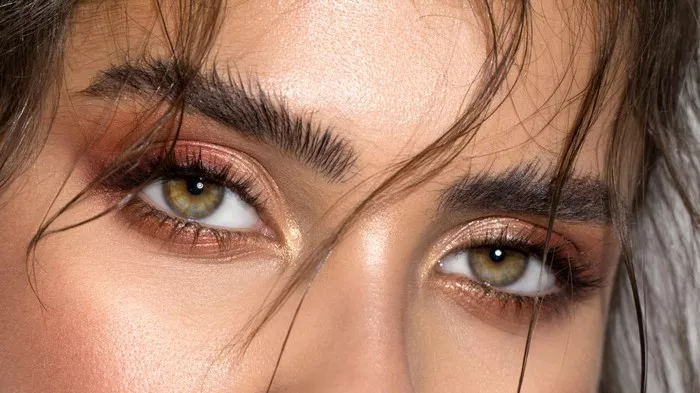Blepharoplasty, commonly known as eyelid surgery, is a popular cosmetic procedure aimed at rejuvenating the appearance of the eyelids. This surgical intervention can address various aesthetic concerns, such as droopy eyelids, under-eye bags, and excess skin. In this article, we will delve into the details of how blepharoplasty is performed, exploring its different techniques, recovery process, and potential risks.
1. Preoperative Assessment
Before undergoing blepharoplasty, a thorough preoperative assessment is crucial. During this stage, the surgeon evaluates the patient’s medical history, performs a physical examination, and discusses the patient’s expectations and desired outcomes. Additionally, the surgeon may conduct tests to assess the patient’s eye health, tear production, and visual acuity.
2. Anesthesia
Blepharoplasty can be performed using local anesthesia with sedation or general anesthesia, depending on the extent of the procedure and the patient’s preference. The choice of anesthesia is typically determined during the preoperative assessment in consultation with the anesthesiologist.
3. Upper Eyelid Blepharoplasty
Upper eyelid blepharoplasty primarily focuses on addressing sagging or drooping upper eyelids. The procedure involves making incisions along the natural creases of the eyelids, allowing for discreet scarring. Excess skin, fat, and muscle tissue are then carefully removed or repositioned to achieve a more youthful and refreshed appearance. The incisions are closed with sutures or surgical adhesive.
4. Lower Eyelid Blepharoplasty
Lower eyelid blepharoplasty targets under-eye bags, puffiness, and wrinkles. There are two main techniques used for lower eyelid surgery: transcutaneous and transconjunctival. In the transcutaneous approach, an incision is made just below the lower lash line, through which excess fat, skin, and muscle are removed or repositioned. The transconjunctival technique involves making an incision inside the lower eyelid, leaving no visible external scars. This method is suitable for patients with good skin elasticity and minimal excess skin.
5. Combined Upper and Lower Eyelid Blepharoplasty
In cases where both the upper and lower eyelids require correction, a combined blepharoplasty procedure may be recommended. This comprehensive approach allows for a harmonious rejuvenation of the entire eye area. The surgeon will perform the necessary steps for both upper and lower eyelid surgery, tailoring the techniques to the patient’s specific needs.
6. Adjunctive Procedures
Blepharoplasty can be complemented by additional procedures to enhance the overall results. Some common adjunctive procedures include brow lift, laser resurfacing, and dermal fillers. A brow lift can address sagging eyebrows, while laser resurfacing can improve skin texture and reduce fine lines around the eyes. Dermal fillers can be used to restore volume and smooth out hollow areas.
7. Recovery and Postoperative Care
After blepharoplasty, patients should expect some swelling, bruising, and mild discomfort. Cold compresses, prescribed medications, and proper wound care can help manage these symptoms. It is essential to follow the surgeon’s postoperative instructions, which may include avoiding strenuous activities, protecting the eyes from sunlight, and using lubricating eye drops. Most patients can resume their normal activities within one to two weeks, although complete healing may take several months.
8. Potential Risks and Complications
Like any surgical procedure, blepharoplasty carries certain risks. These can include infection, bleeding, scarring, asymmetry, dry eyes, and changes in eyelid sensation. However, serious complications are rare when the procedure is performed by a skilled and experienced surgeon. It is crucial for patients to have realistic expectations and thoroughly discuss any concerns with their surgeon before undergoing surgery.
Conclusion
Blepharoplasty is a highly effective cosmetic procedure that can rejuvenate the appearance of the eyelids, providing a more youthful and refreshed look. By understanding the different techniques involved, the recovery process, and potential risks, individuals considering blepharoplasty can make informed decisions about their aesthetic goals. Consulting with a qualified plastic surgeon is essential to ensure personalized care and achieve optimal outcomes.

